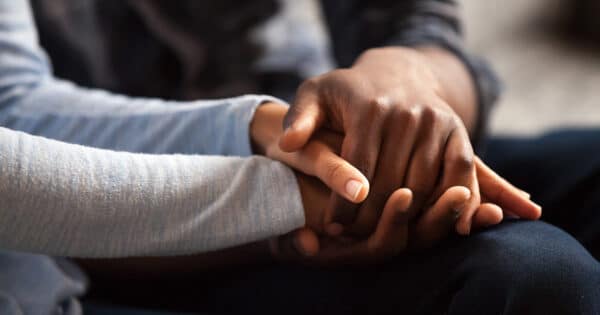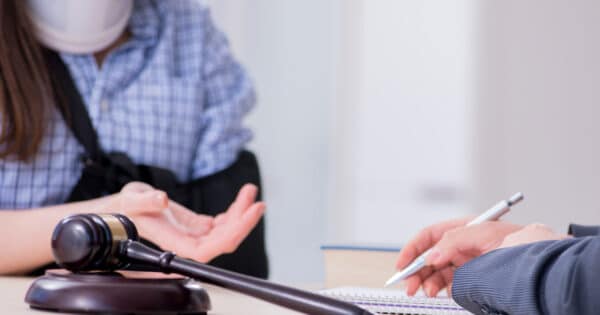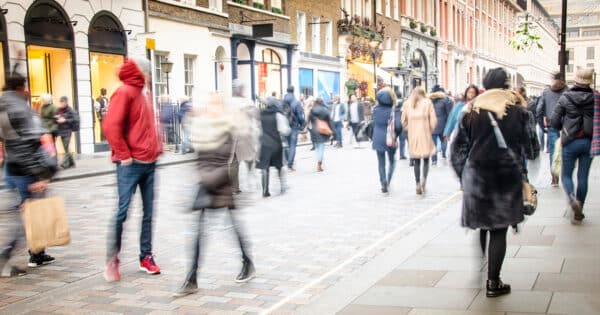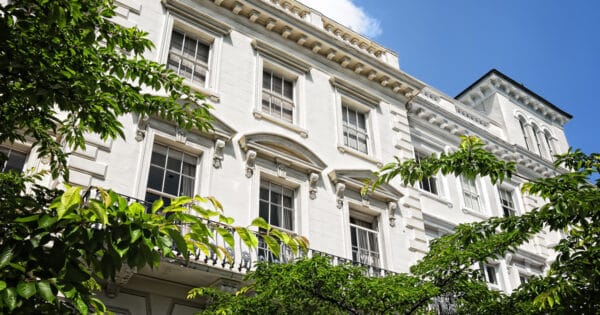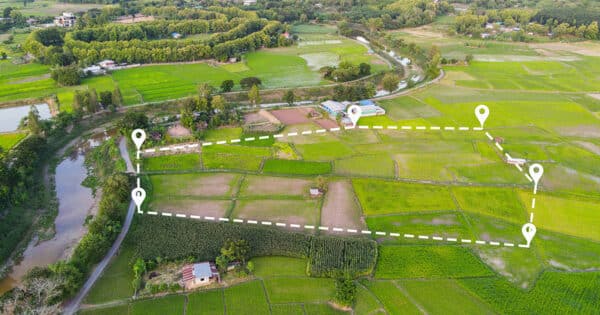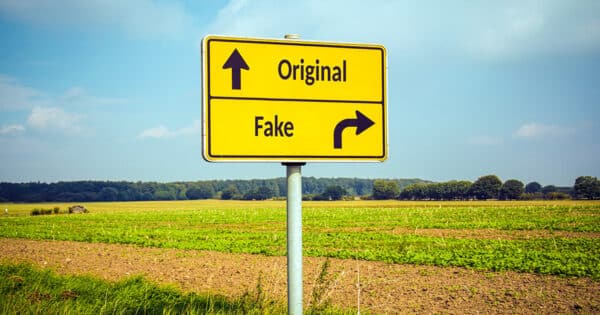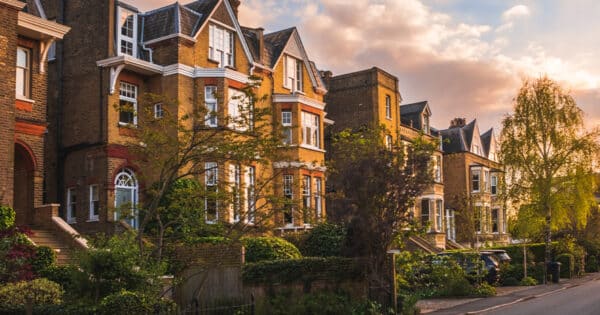There is no automatic right to compensation following a road traffic collision. It has to first be established that the third party driver is at fault, and then you need to prove what losses flow from the collision. In this blog I look at what you can do to help yourself prove fault following a road traffic collision.
Prevention
First, it may be helpful to just remind ourselves of what each of us could readily do to reduce the risk as far as we can from being involved in a road crash.
- Drive a vehicle in accordance with your licence
- Do not before you drive take alcohol or prohibited drugs that may impair your driving ability
- Ensure that you are rested before driving so you do not feel tired
- Plan your routes so you know where you are driving
- Check that the vehicle is roadworthy, in particular:-
– Tyres have sufficient tread
– All lights are operational
– Windscreen wipers work – can you see out of your windows!
– You have sufficient fuel for your intended journey - Have your radio set at a level that does not interfere with your driving
- Do not use your hand held mobile phone
Reaction
Second, we now consider what you might do following a road traffic collision that may assist with proving fault. It is worthwhile remembering that a road crash can happen regardless of what preventative steps you have taken, and it is important to remain calm.
1. Exchange details with the third party driver. Take their name, address, telephone number(s), vehicle make, vehicle colour, and vehicle registration. If at all possible ask the third party for any proof of identification, for example a driving licence or, if not possible, take a description of the driver. If the third party driver fails to provide to you their contact details then you should call the police because they might be uninsured. If you are through injury unable to take the third party details then ensure the police attend the incident to take the details for you.
2. Make a note of the number of passengers in the third party vehicle.
3. Take photographs, if it is safe to do so, as to the position of both motor vehicles, any road signs, lane markings and anything else that may be helpful.
4. Ask witnesses for their name, address and telephone numbers.
5. Prepare a sketch of the incident scene to show from where the vehicles had come from, the point of collision, and their direction of travel.
6. Notify your insurance company of the road traffic collision because even if you do not intend to claim on your policy the third party driver might claim against you!
7. Take a record of any Dashcam footage.
If you have sustained an injury then you should take immediate medical advice from either your General Practitioner or the Hospital. This will ensure that you are appropriately assessed, treatment/advice given, and a record made of the injuries sustained.
Matthew Claxson is a Solicitor and a Partner at Moore Blatch Solicitors specialising serious injury and fatal incidents.
Call Matthew on Freephone 0800 157 7611 or email: matthew.claxson@mooreblatch.com
Profile available on LinkedIn. Twitter: @matthewclaxson
